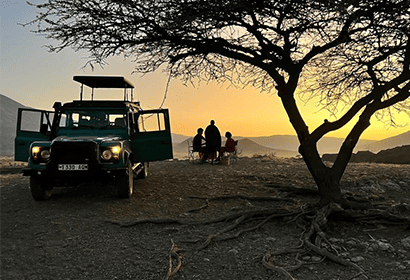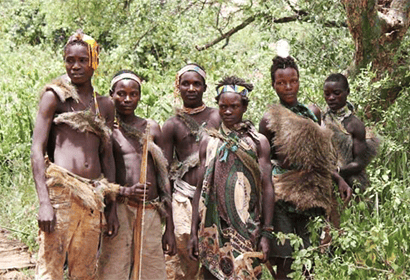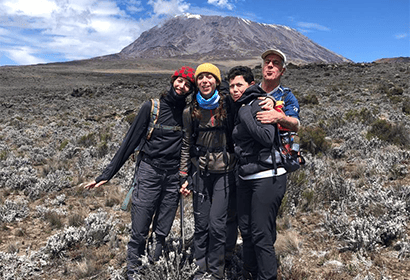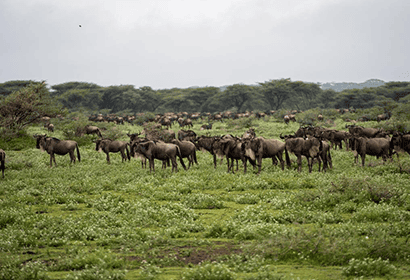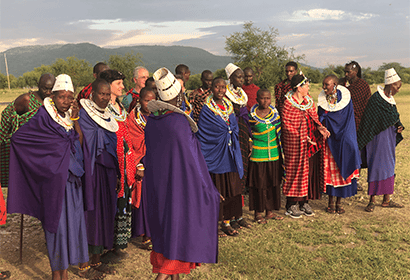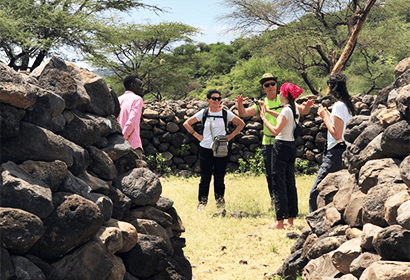Tour Overview!
The Umbwe route offers the most direct and awe-inspiring path to reach Uhuru Peak. This route gained prominence after being featured in the captivating IMAX film "Kilimanjaro - To the Roof of Africa." Along the Umbwe route, trekkers traverse diverse landscapes, passing through five distinct climate zones, ranging from lush rainforests to the icy glaciers at the summit. The trail follows a forested ridge before ascending to the moorlands and then navigating beneath the southern icefields until it intersects with the Machame Route, leading to the summit. This route is characterized by its steep, challenging, and occasionally exposed terrain, making it suitable for experienced hikers accustomed to mountain environments.
Due to its steep inclines, the Umbwe route is less frequently traveled, and trekking poles are recommended for navigating the slippery slopes of the rainforest. Porters will carry all necessary equipment and supplies, while a cook will prepare meals throughout the journey. Unlike the Marangu Route, where accommodation is in huts, trekkers on the Umbwe route sleep in tents, which are provided, and porters will set up tents at each campsite. Meals are served either in a dining tent or outdoors on a blanket. Travelers have the option to extend their itinerary by adding an extra day for relaxation or exploration, with the Barranco Camp being an ideal location for this additional day.


